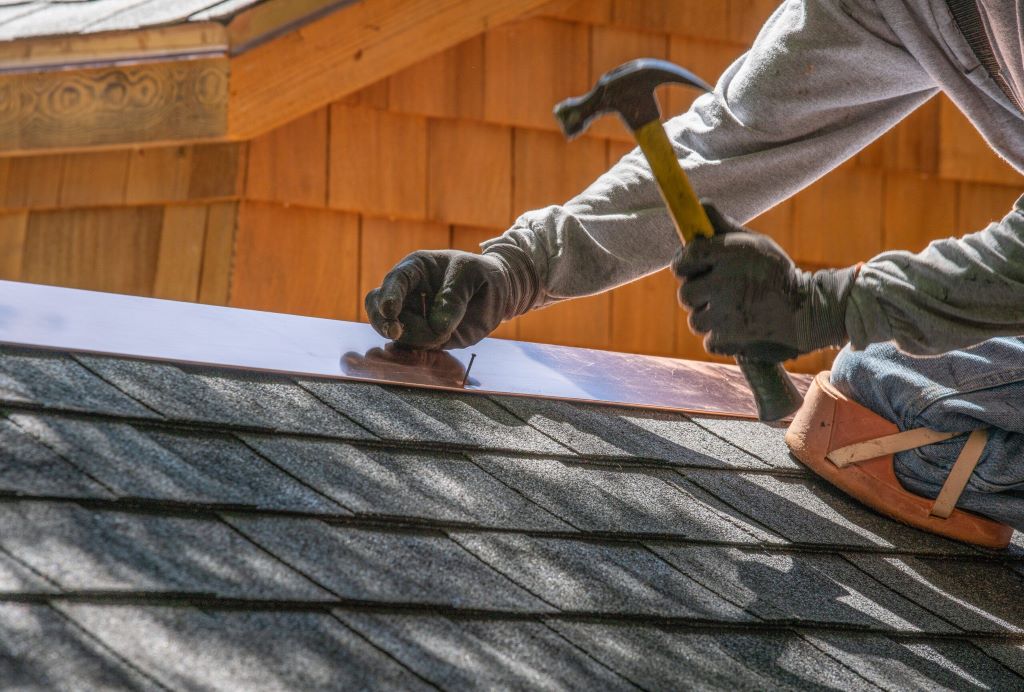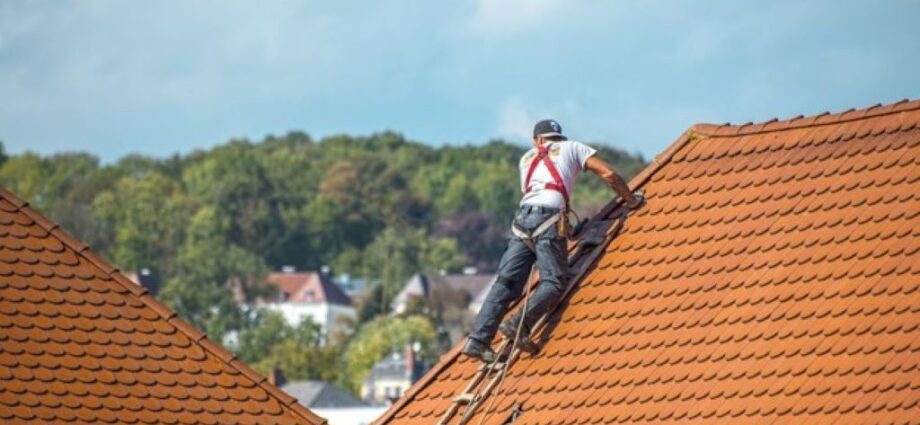A leaky roof can be a homeowner’s nightmare, leading to water damage, mold growth, and costly repairs. While major leaks often require professional attention, minor roof leaks can sometimes be tackled with a do-it-yourself approach. This guide will walk you through the steps of identifying and repairing minor roof leaks, with a focus on the use of cork spray, a versatile and eco-friendly option.
Identifying the Leak
The first step in any roof repair is identifying the source of the leak. Here are some tips:
- Trace the water stains: Look for water stains on your ceiling or walls. The location of the stain can help pinpoint the leak’s general area on the roof.
- Check the attic: If you have access to your attic, inspect it for any signs of water damage, such as damp insulation or wood.
- Inspect the roof: Climb onto your roof (taking all necessary safety precautions) and examine it for any visible damage, such as cracked or missing shingles, damaged flashing, or holes.
Choosing the Right Repair Method
The repair method you choose will depend on the type and extent of the damage. For minor leaks, consider using cork spray, a flexible and durable sealant made from recycled cork. Cork spray is easy to apply, adheres well to most roofing materials, and is resistant to water, UV rays, and extreme temperatures.

Related: HOW TO SHINGLE A HIP ROOF WITH ARCHITECTURAL SHINGLES?
Cork Spray: Pros and Cons
Before using cork spray, it’s essential to weigh its pros and cons:
Pros:
- Eco-friendly: Cork spray is made from renewable resources and is non-toxic.
- Versatile: It can be used on various roofing materials, including asphalt shingles, metal, and concrete.
- Durable: It creates a long-lasting, flexible seal that can withstand the elements.
- Easy to apply: It can be sprayed on using a standard caulking gun.
Cons:
- Not suitable for large leaks: Cork spray is best for minor leaks and cracks.
- Requires preparation: The surface must be clean and dry before application.
- May require multiple coats: For optimal results, several coats may be necessary.
Repairing the Leak with Cork Spray
- Prepare the surface: Clean the area around the leak thoroughly, removing any debris, dirt, or loose roofing materials. Ensure the surface is completely dry.
- Apply the cork spray: Shake the can of cork spray well and apply it evenly to the damaged area, following the manufacturer’s instructions. Start by applying a thin coat and allow it to dry completely before applying additional coats.
- Build up the layers: Apply several coats of cork spray, allowing each coat to dry completely before applying the next. Build up the layers until the damaged area is fully covered and the leak is sealed.
- Inspect and touch up: After the final coat has dried, inspect the repaired area for any gaps or missed spots. Apply additional cork spray as needed.
Roof Snow Cleats: Prevent Snow Damage with Invisible Holders
Alternative Repair Methods
If cork spray is not suitable for your repair, other options include:
- Roof cement: A thick, tar-like substance used to seal cracks and gaps.
- Roofing tape: A self-adhesive tape used to patch small holes and tears.
- Silicone sealant: A flexible sealant used to seal seams and joints.
Safety Precautions
Remember, working on a roof can be dangerous. Always follow these safety precautions:
- Use a sturdy ladder: Ensure your ladder is in good condition and properly secured.
- Wear appropriate footwear: Wear shoes with good traction to prevent slipping.
- Work with a partner: Have someone on the ground to assist and spot you.
- Be mindful of weather conditions: Avoid working on the roof during wet or windy conditions.
Conclusion
Repairing minor roof leaks can be a manageable DIY project with the right tools and techniques. Cork spray offers an eco-friendly and effective solution for many small leaks, while other methods like roof cement, roofing tape, or silicone sealant may be more appropriate for certain situations. Always prioritize safety and consider seeking professional help for more extensive repairs.










